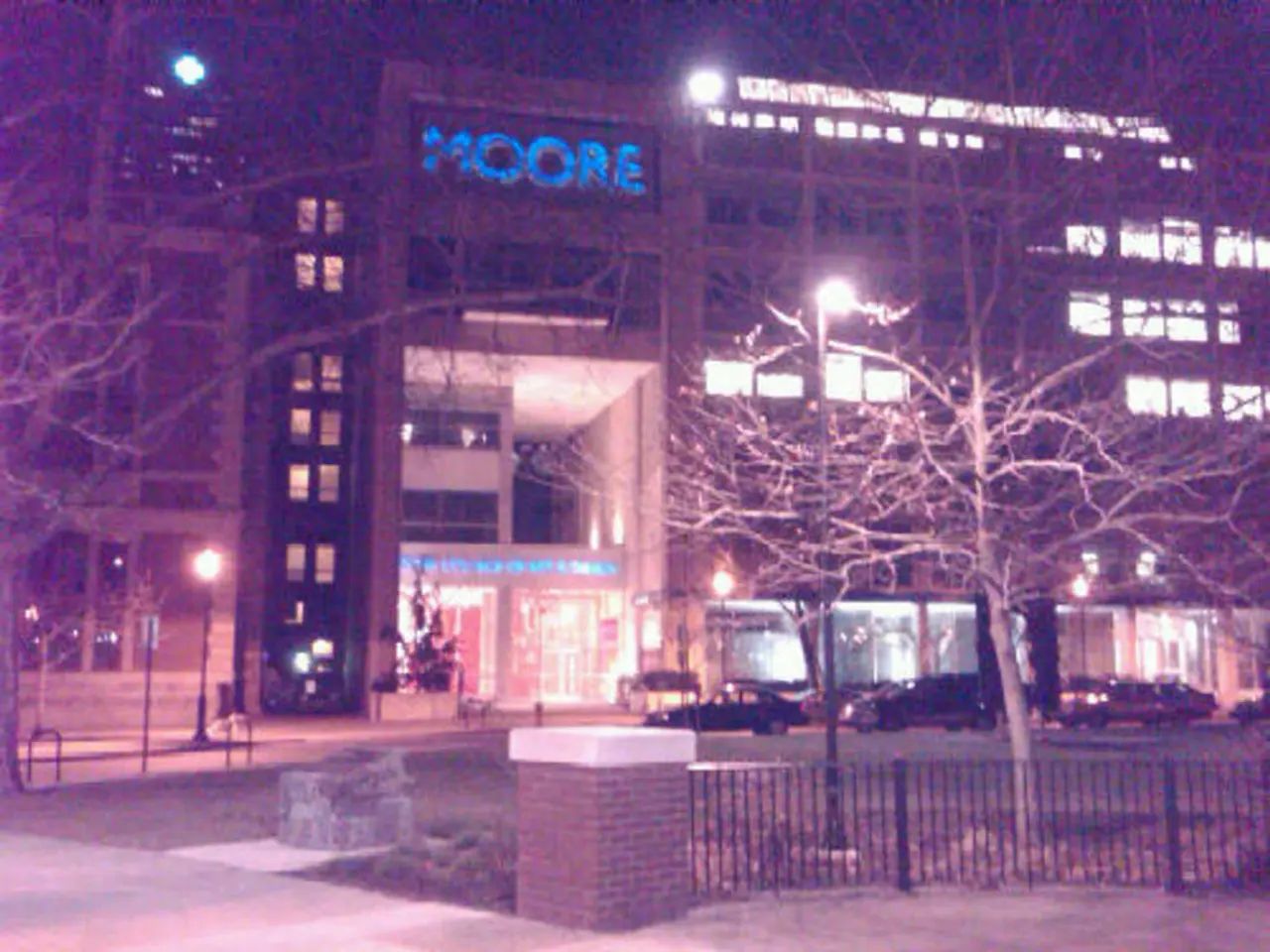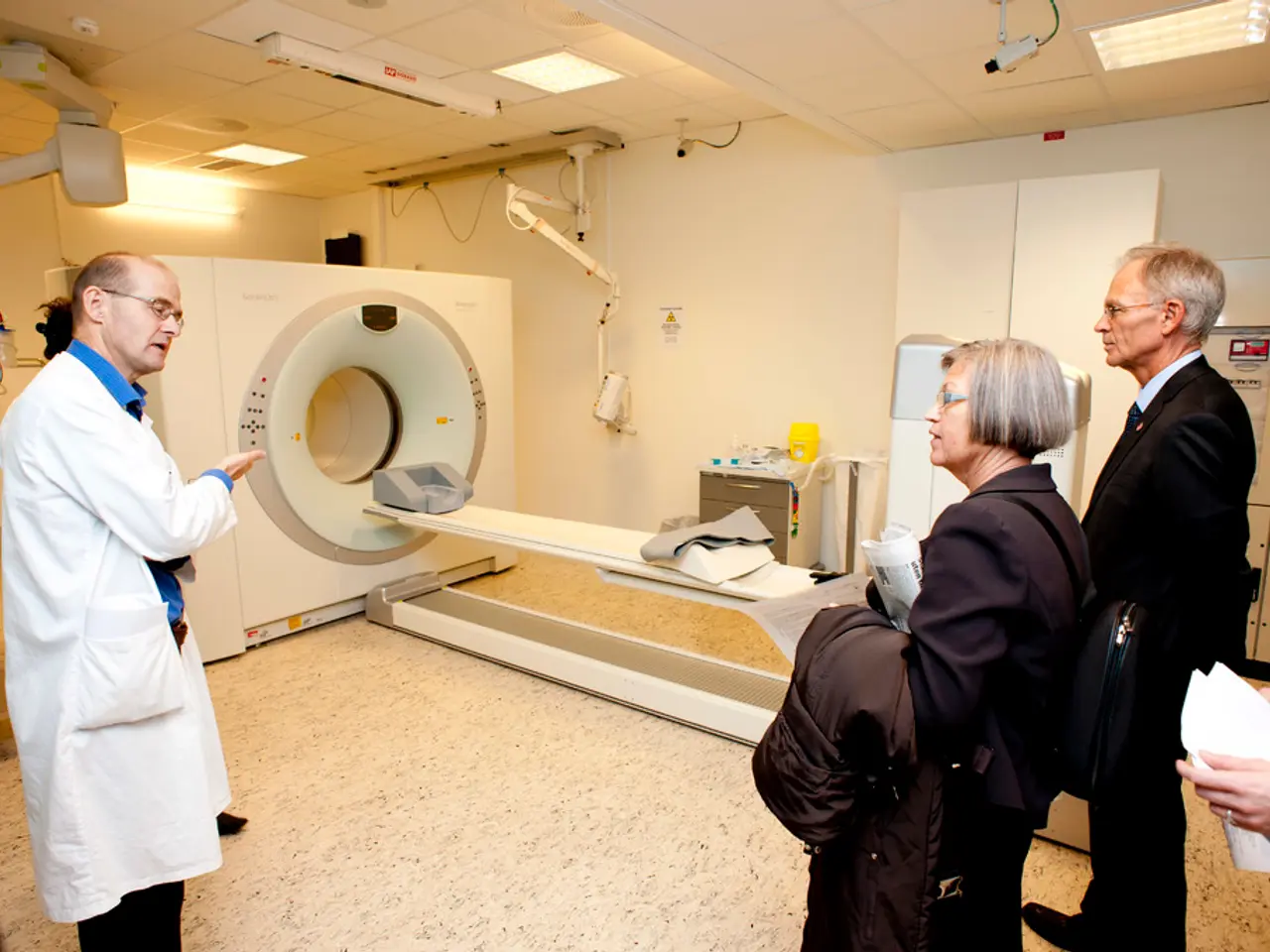Discussion between Sara Walker and the author on the Assembly Theory and the Origin of Life
In the intricate dance of inorganic chemistry and the origins of life, a fascinating theory has emerged to quantify the complexity of molecular structures. Known as the Assembly Theory Framework, this theoretical approach provides a means to measure the minimum number of steps required to construct a specific molecular object from basic components.
The Assembly Theory Framework is a valuable tool in distinguishing between structures that arise randomly and those that require an evolutionary process. In the realm of organic chemistry, it helps identify the boundary between chance and biological or evolutionary origin.
Molecules with low assembly complexity are more likely to form by chance, involving fewer assembly steps. On the other hand, structures requiring evolutionary processes show higher assembly complexity, as they involve elaborate, specific sequences of chemical transformations that are unlikely to occur randomly.
The molecular assembly index, a numeric measure of complexity, is derived from the assembly pathway of a molecule. Molecules with large indices suggest organized, evolutionary processes, as they are less probable to occur spontaneously. This framework thus helps set a boundary by comparing observed molecular structures to expected complexities of random production versus those necessitating evolutionary-guided synthesis.
One captivating example of this principle can be found in inorganic chemistry - the self-reproducing molybdenum ring. Remarkably, out of an exponentially large space of possible molecular configurations, the system collapses into producing just this one structure. This ring becomes a template for smaller components, creating a self-reinforcing cycle.
The nature of meaning in language can also be understood through this causation and relationships between recurring patterns. Similarly, life emerges when structures can reinforce their own existence, excluding countless other possibilities in the process. This principle is observed in everything from basic chemical reactions to complex organisms.
Self-reproduction is incredibly rare in nature and is what makes life so remarkable. The struggle for existence isn't just between existing things but also between what exists and what never gets the chance to exist. Once these loops close, they can maintain and replicate themselves, as seen in the self-reproducing molybdenum ring.
In the context of organic chemistry, the magic number of steps for molecules produced by living systems is approximately 15. The Assembly Theory Framework extends beyond biology, applying to areas like language and inorganic chemistry, offering a unified approach to understanding the complexities of our world.
The Assembly Theory Framework, extending beyond biology, finds relevance in domains like language and inorganic chemistry, offering a unified approach to measuring the complexity of structures, such as the self-reproducing molybdenum ring in chemistry, and the emergence of meaningful language patterns. Technology can potentially be harnessed to develop computational models based on this framework, aiding in the prediction and optimization of complex health-and-wellness processes, including fitness-and-exercise regimens.




